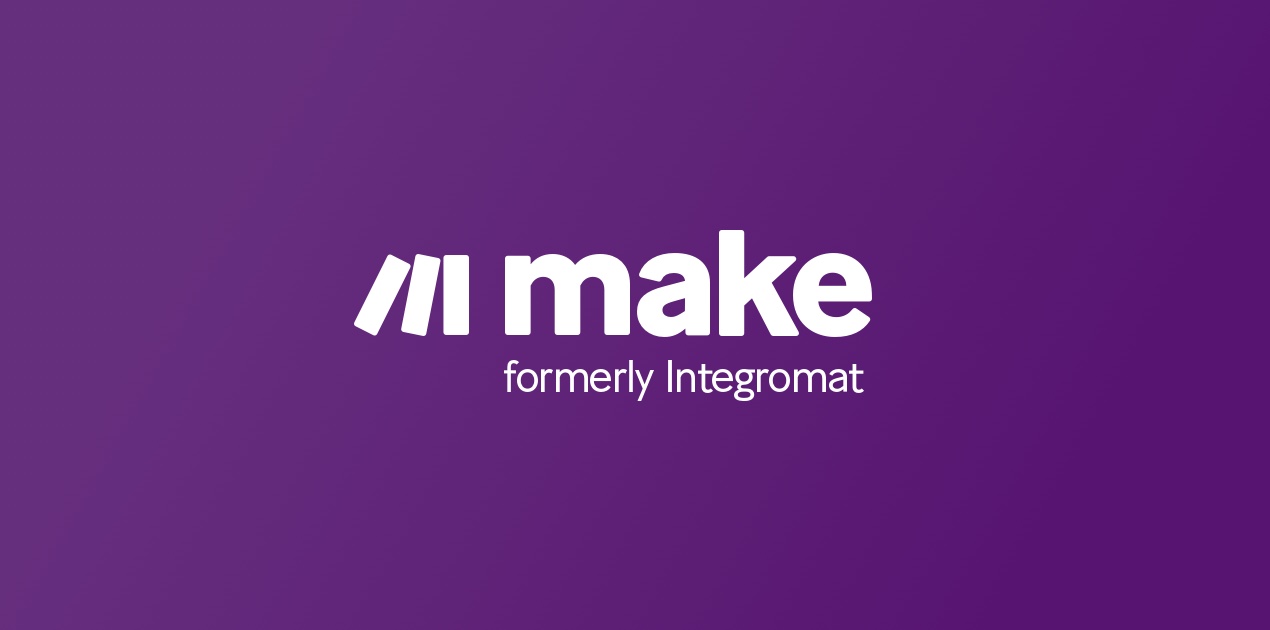AI Workflow for Sending Custom Email Responses
Introduction
In an era where communication is pivotal, crafting the perfect email response can either foster meaningful relationships or lead to miscommunication. For seasoned developers, incorporating artificial intelligence (AI) into the emailing process is not just an enhancement—it's becoming a necessity. This article will explore the increasing role of AI-driven workflows in sending custom email responses, highlighting relevant tools, established strategies, and real-world applications.
The Importance of Tailored Communication
Emails are often a first point of contact in professional settings. Generic replies can tarnish credibility, whereas personalized messages can improve engagement. In fact, research shows that personalized email subject lines have a 26% higher open rate (Campaign Monitor). This creates a compelling case for automation and AI: managing email responses efficiently while enhancing personalization. The challenge, however, lies in maintaining a balance between automation and the human touch.
Key Elements of an Effective AI-Driven Email Workflow
To implement an effective AI workflow for custom email responses, consider these elements:
- Data Gathering: Collect relevant data about your audience, such as preferences, past interactions, and feedback. Tools like Google Analytics and CRM systems (e.g., Salesforce) can help aggregate these insights.
- Natural Language Processing (NLP): Utilize NLP algorithms to understand the context and sentiment of incoming emails. Tools like SpaCy and TensorFlow provide frameworks for building NLP models.
- Template Generation: Develop a library of customizable email templates based on common scenarios. AI can assist in suggesting or generating templates based on previous communications.
- Automated Responses: Programs such as Zapier can automate the process of sending replies based on triggers, including keywords, sender addresses, or types of inquiries.
- Continuous Learning: Integrate machine learning models that improve over time based on user interactions. Consider using platforms like Microsoft Azure ML.
Real-World Application: Case Study of a Tech Support Center
Consider a tech support center that handles thousands of customer inquiries daily. Implementing an AI-driven workflow can drastically improve response times and customer satisfaction.
Step-by-Step Implementation
- Data Collection: The center gathers historical data including FAQs, common issues, and customer feedback.
- NLP Understanding: Using Google’s BERT model, the center analyzes incoming emails for sentiment and intent, classifying them into categories.
- Template Response Generation: The AI recommends pre-written templates based on identified categories. For instance, inquiries about software bugs trigger a template addressing common steps.
- Automation of Responses: Using Zapier, the support center automates responses for simple topics, while complex issues are escalated to human operators.
- Model Training: Customer feedback on response effectiveness is used to retrain the model, enhancing accuracy and relevance.
Through this process, the tech support center reduces response times from several hours to minutes, significantly increasing customer satisfaction ratings.
Best Practices for AI-Powered Email Communication
To maximize the effectiveness of your AI-driven email workflows, consider these best practices:
- Maintain a Human Touch: Always provide an option for customers to speak with a human if needed.
- Regularly Review Templates: Continuously refine templates to reflect current policies and customer concerns.
- Measure Impact: Use analytical tools to track performance and iterate based on data-driven insights.
- Ensure Compliance: With regulations like GDPR, ensure your data-gathering practices are compliant.
Conclusion
In summary, leveraging AI for crafting custom email responses provides a scalable solution for both efficiency and engagement. By integrating data collection, NLP, template responses, and automation, seasoned developers can transform stale communication practices into dynamic, responsive interactions.
As AI and machine learning continue to evolve, the implications for personalized communication are profound. Embracing these technologies not only bolsters operational capacity but also fosters lasting relationships with customers. In today's fast-paced digital world, delivering customized responses is not just a competitive advantage; it's a business imperative.
Embracing AI in email workflows enhances rather than replaces the human touch, fostering deeper connections. Equipped with the right strategies and tools, developers can turn email communication into a seamless, intelligent process that serves both their interests and audience needs.


